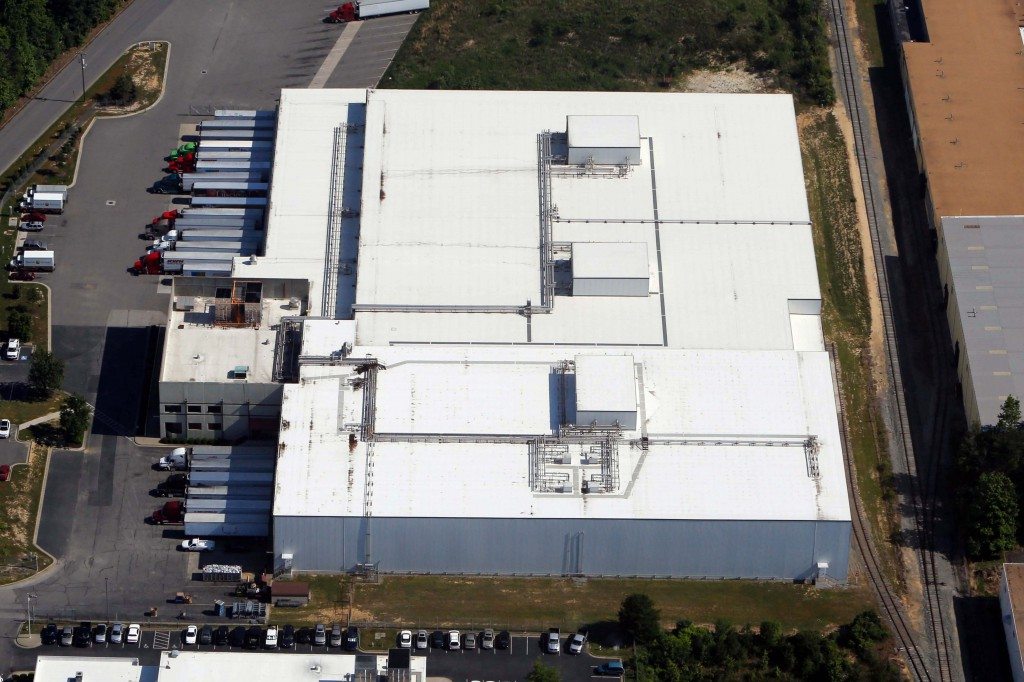Which Single-Ply Roofing System Is Best for Your Facility? (PVC, EPDM or TPO?)

Choosing the right singly-ply roof system for your facility is important to the structure of your building. Before you dive into a decision, consider a few key details about your roof. How severe is the slope? Will there be lots of foot traffic? Knowing the answers to these and similar questions will help you choose the best roof for your facility.
PVC
If strength and weather resistance are your primary concerns, PVC will be a compelling option. According to ASTM minimum standards, this material needs at least 200 pounds of pressure per square inch before it breaks. However, it is common to find material with a 350-pounds-per-inch strength. Additionally, PVC is easy to install and is resistant to fire, wind and chemicals.
On the other hand, PVC is one of the more expensive options. The thickness of the material makes it susceptible to damage, and plasticizer leaks out over time. The material has a tendency to shrink which makes it pull at the seams, lift at corners, and potentially cause leaks. While it is not known to be the most environmentally friendly, PVC is designed to be a cool roofing system, reflecting up to 90% of the sun’s rays and reducing energy costs.
TPO
The TPO option is one of the fastest growing roofing systems on the market. This relatively new material is still young, and though the ASTM has instituted regulations, they change frequently. Finding a quality TPO supplier can be difficult, but the material is highly effective when made well. The flexible membrane makes it particularly resistant to impact damage, and the product is resistant to ozone, ultraviolet and chemical exposure. The seams are up to three to four times stronger than EPDM’s adhesive seams. TPO is 100 percent recyclable and carries solar reflective properties. The membrane is Energy Star rated, can lower HVAC costs and offers better control of internal temperatures.
EPDM
EPDM is one of the most economical choices in single-ply membranes. It is made of synthetic rubber and its typical carbon black color can serve to transform UV rays into heat. If you live in a particularly cold environment, the material can even help to melt small amounts of snow. It comes in thicknesses up to 90 mils and comes in reinforced and non-reinforced varieties. Depending on its thickness, this material can be extremely puncture resistant and can withstand extreme weather, ozone, and temperature. However, the material does not hold up well when exposed to chemicals, solvents and oils. These conditions can cause irreparable damage and require a new roof be installed sooner than expected. In addition, the seams are known to fail over time, and can result in failures at roof penetrations, flashing and seams.
Once you take stock of what you need from your single-ply roof, compare it to the above breakdowns. Do not forget to factor budget into your decision, and choose what will be most durable for your facility. If you still have questions, consult with a local trusted contractor.
We are available to help consult with you on any of these systems. Just give us a call at 800-561-5602.
